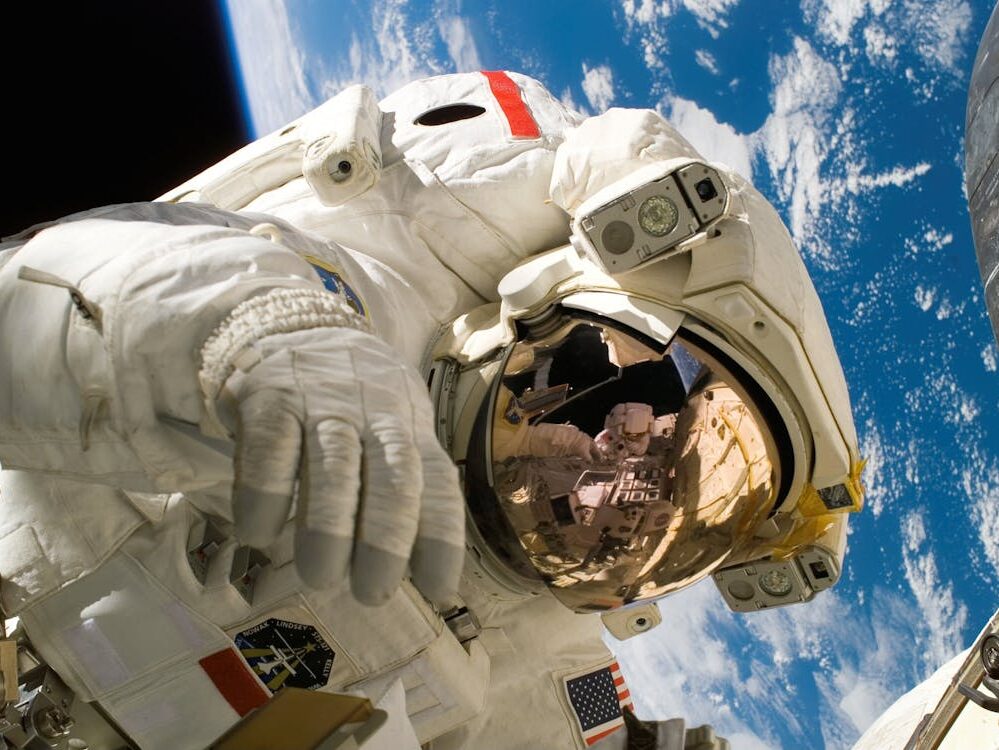4/29/2024
Houston, hopefully, there will be no problems on May 6, 2024. On that day, Boeing’s Starliner spacecraft will finally attempt its Crew Flight Test with NASA astronauts aboard. The collaboration is a result of the Commercial Crew program, which was established one year before the U.S. space shuttle retired to ensure the longevity of American space travel. It aims to secure consistent, low-orbit travel to and from the International Space Station (ISS). NASA ultimately partnered with SpaceX and Boeing to bring the program to life. While SpaceX has been successfully sending astronauts to and from the ISS since 2020, this will be Boeing’s first attempt at a manned mission.
Starliner’s launch will most likely be met with bated breath. That’s because, in 2019, Starliner was launched for its first uncrewed mission and it failed. An error in calculations for the time elapsed since take-off caused too much fuel to be consumed, stranding Starliner in a dead zone. Another failed attempt was made in 2021. It was not until 2022 that Starliner successfully docked to the ISS. Even so, it only made it with semi-functioning thrusters, and malfunctions have continued to plague the system. The May 6 launch date is the result of a nine-month delay due to issues with the fuel valve. The consistent problems with Starliner beg the question: can it safely bring its astronauts back home?
Recent Boeing airplane malfunctions do little to quell these concerns. As recently as January of this year, a Boeing 737 Max 9 was forced to make an emergency landing when one of its cabin doors was blown off mid-flight at 16,000 feet. Luckily, no one was seriously injured. After investigating, the Federal Aviation Administration (FAA) found multiple violations of manufacturing quality control requirements stating, “This incident should have never happened and it cannot happen again.” Specifically, Boeing failed to comply with manufacturing control, parts handling and storage, and product control. A preliminary report by the National Transportation Safety Board confirmed this, revealing that the plane was missing four bolts meant to keep the door securely in place.
Unfortunately, the Boeing 737 Max 9 scandal is far from Boeing’s only one. A few years ago, earlier models of the 737 were involved in fatal crashes. Although an airplane differs from a spacecraft, it is also much more simple. If the company is facing issues with meeting inter-state flying standards, is it credible to be conducting space travel? Starliner has yet to make an error-free trip to and from the ISS, and now human lives are going to be on the line. As engineers, we need to be prioritizing safety over glory. Though Boeing may have been facing pressure from NASA to meet deadlines, the safest course of action would be to attempt another uncrewed mission before moving ahead with the Crew Test Flight.
However, officials seem to feel confident in Starliner’s ability. Neither Barry Wilmore nor Sunita Williams, the two astronauts who will be on board, have shared any reservations. Both are long-time space veterans with two spaceflights under their belts, and they know what they are dealing with. Wilmore, who will serve as the mission’s commander, stated, “We wouldn’t be here if we weren’t ready… We are ready. The spacecraft’s ready, and the teams are ready.” Hopefully, Starliner proves to be worthy of the duo’s confidence.

